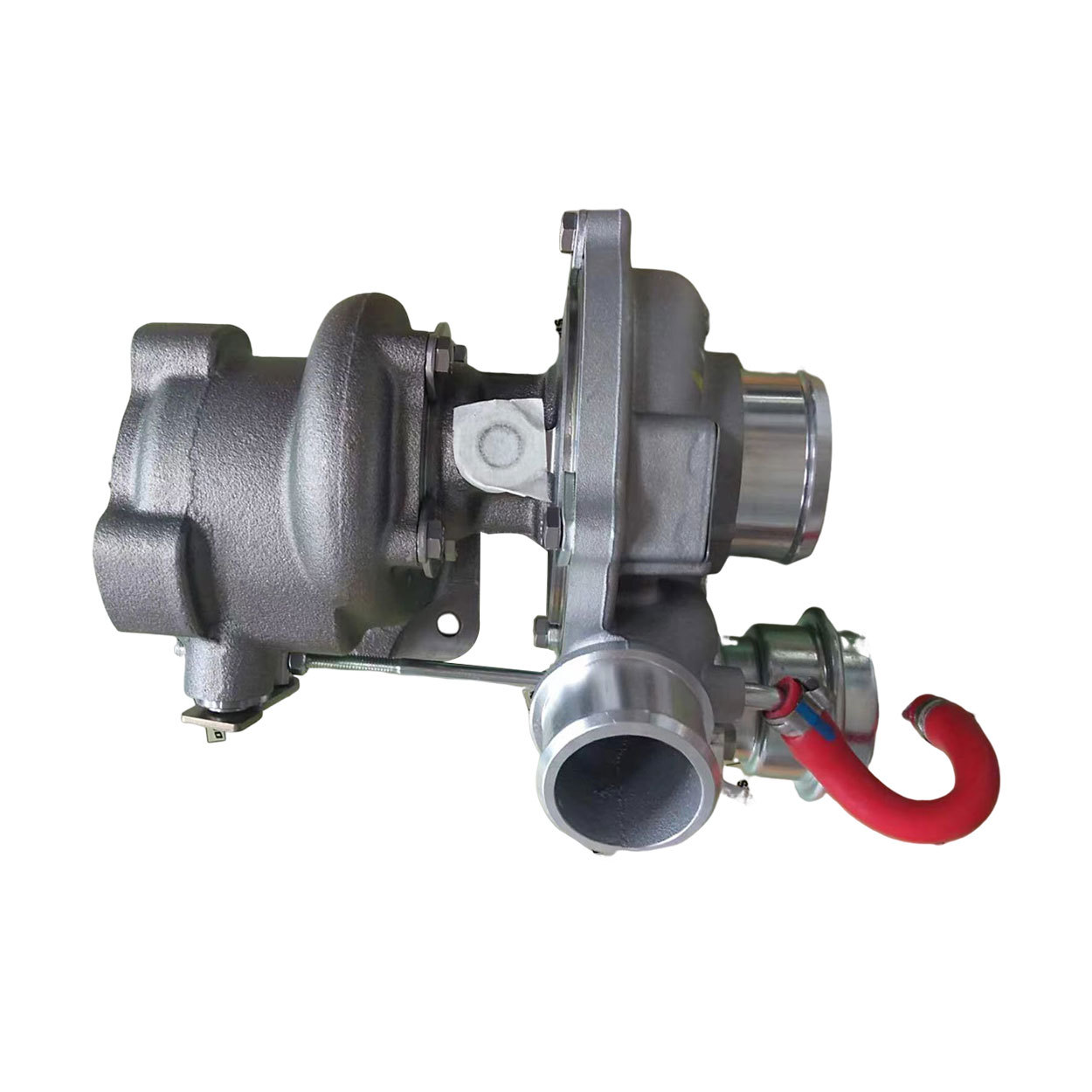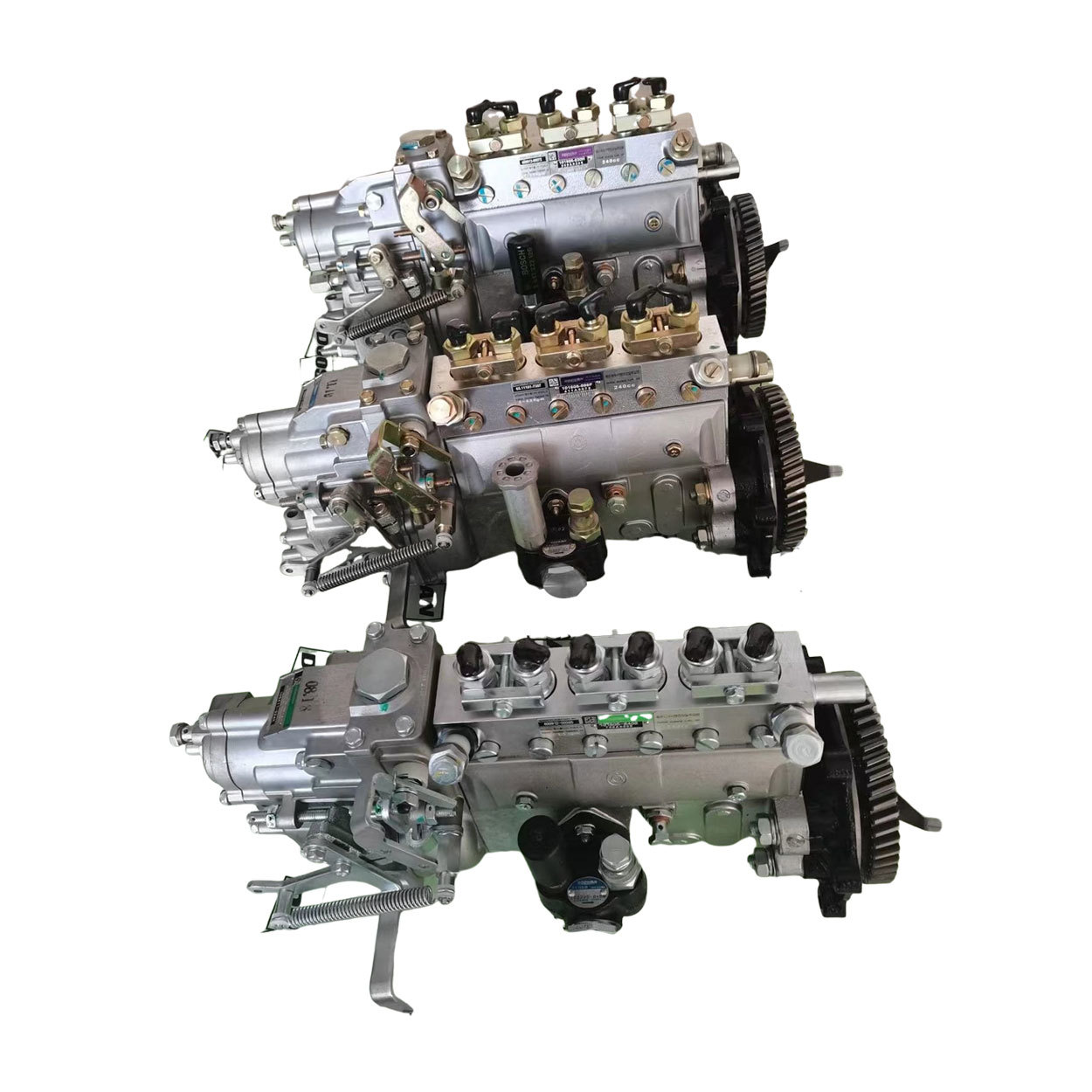Contact Us
E-mail:
15315169960@qq.com
Phone:
0086-18305352588
Address:
No. 59-50, Shuguang West Road, Fushan District, Yantai City, Shandong Province

Respirator
- Details
-
A respirator is a critical piece of personal protective equipment that plays a crucial role in protecting individuals from airborne hazards. Whether in healthcare settings, industrial environments, or during natural disasters, respirators are essential for safeguarding the respiratory system and overall health. In this article, we will explore the importance of respirators, their different types, proper usage, and maintenance.
Types of Respirators
There are two main types of respirators: air-purifying respirators (APRs) and supplied-air respirators (SARs). APRs use filters to remove harmful particles from the air before it is inhaled, while SARs deliver clean air from an external source. Within these categories, there are further distinctions based on the level of protection and the specific hazards they are designed to address.
In healthcare settings, respirators such as N95 masks are commonly used to protect against infectious diseases like COVID-19. These masks filter out at least 95% of airborne particles, making them effective in preventing the spread of respiratory illnesses. On the other hand, industrial workers may require respirators with chemical cartridges to protect against toxic fumes or gases.
Proper Usage of Respirators
Proper usage of respirators is essential to ensure their effectiveness in protecting individuals from airborne hazards. Before putting on a respirator, it is important to perform a seal check to ensure a proper fit. This can be done by covering the exhalation valve and inhaling to check for any leaks. Adjust the straps as needed to create a tight seal against the face.
During use, avoid touching the respirator or adjusting it frequently, as this can compromise its seal. If the respirator becomes dirty or wet, it should be replaced immediately. Additionally, respirators should be removed and disposed of properly after each use to prevent contamination.
Maintenance of Respirators
Proper maintenance of respirators is essential to prolong their lifespan and ensure optimal performance. After each use, respirators should be cleaned and sanitized according to manufacturer guidelines. This may involve washing the respirator with soap and water, disinfecting it with alcohol-based wipes, or using specialized cleaning solutions.
In addition to regular cleaning, respirators should be inspected for any signs of damage or wear. This includes checking the straps, valves, and filter cartridges for any cracks or tears. Damaged respirators should be replaced immediately to prevent exposure to airborne hazards.
Conclusion
In conclusion, respirators are essential personal protective equipment that plays a critical role in protecting individuals from airborne hazards. By understanding the different types of respirators, proper usage techniques, and maintenance procedures, individuals can ensure their safety in various environments. Whether in healthcare settings, industrial workplaces, or emergency situations, respirators are indispensable tools for safeguarding respiratory health.
Key words:
Get A Quote
Note: Please leave your email address, our professionals will contact you as soon as possible!
Related Products


